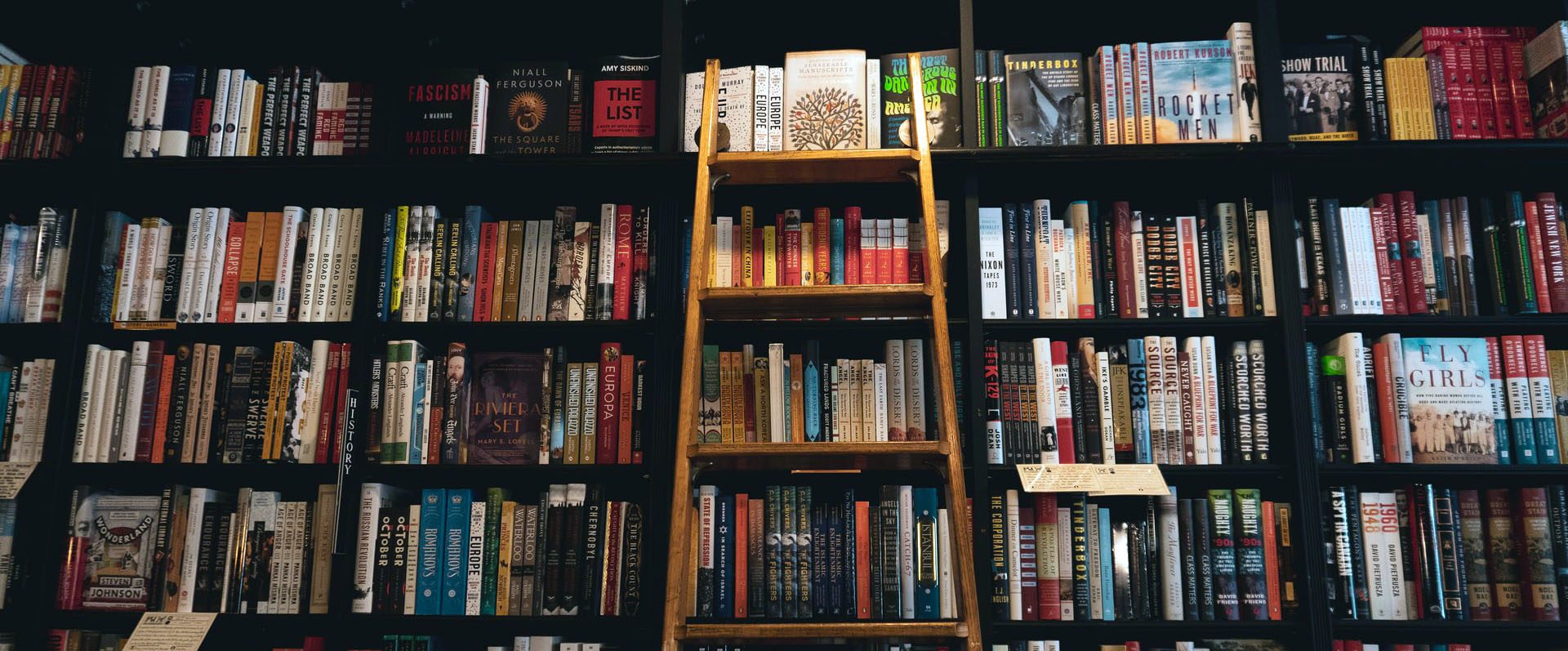Special Collections & Archives
Special Collections & Archives at the University of Kent are located in the Templeman Library and house a wealth of unique materials (comprising over 150 different collections, to be precise) available for you to use throughout your degree. To access any material, you’ll need to book an appointment, but the team is always ready to assist you through email. Feel free to get in touch if you have any queries or would like to learn more.
Collections include:
- Modern First Editions: Over 1300 volumes of books, primarily 20th century, divided into prose and poetry categories. The collections are particularly strong on small and private press poetry and works by EM Forster, Bonamy Dobree and TS Eliot.
- Catherine Crowe Collection: Research notes and material collected by Geoffrey Larken into the Victorian gothic novel writer Catherine Crowe, alongside first editions of her works.
- Theatre collections: Playscripts, ephemera, publicity material, and printed books exploring all areas of popular performance. The collections are particularly strong in Victorian and Edwardian theatre (19th – 20th centuries), pantomime and music hall.
- Local history collections: Material relating to the history of Kent county, with a substantial number of books about Canterbury.
- History of science printed material: Book collections relating to the work of evolutionary biologist Charles Darwin and the development of science as a discipline, with a particular focus on physics and medicine, ranging from the 16th century – 20th century.
- Artists’ books: Curated for a 2016 exhibition in the Beaney Museum in Canterbury, these works explore the relationship between the mind, body and medicine using their format as a method of communication.
- Pre-1700s collection: Several hundred books from the pre-1700 era, including Holinshed’s Chronicles (the works which were used by Shakespeare, Marlowe et al to write history plays), a first edition of playwright Ben Jonson’s folio, religious sermons and much more.
For more information about the resources available in Special Collections & Archives, please visit their website. There’s also a guide on using archive materials in your research, as well as a video introducing you to the world of Special Collections and Archives.
